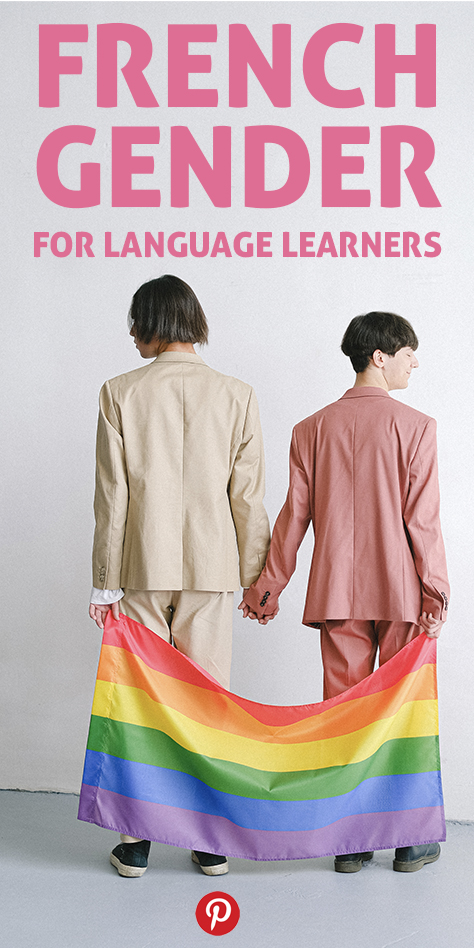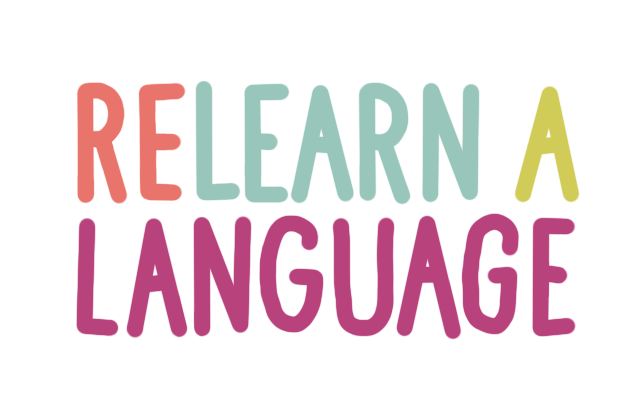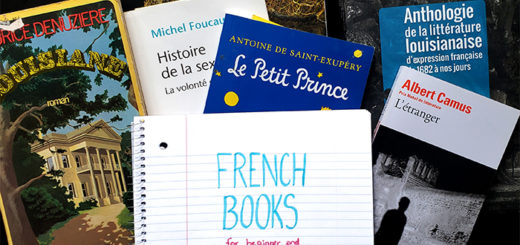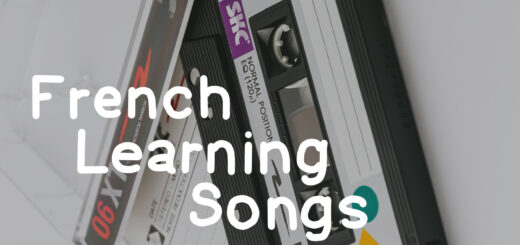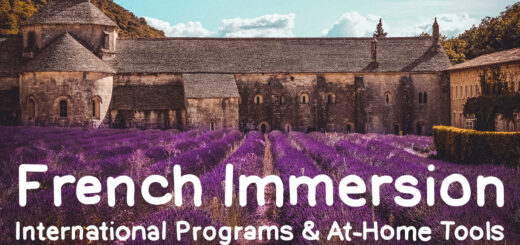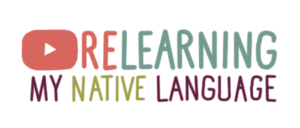FRENCH GENDER (Grammar, Identities, & Everything Else)
by Marissa Blaszko · June 9, 2021
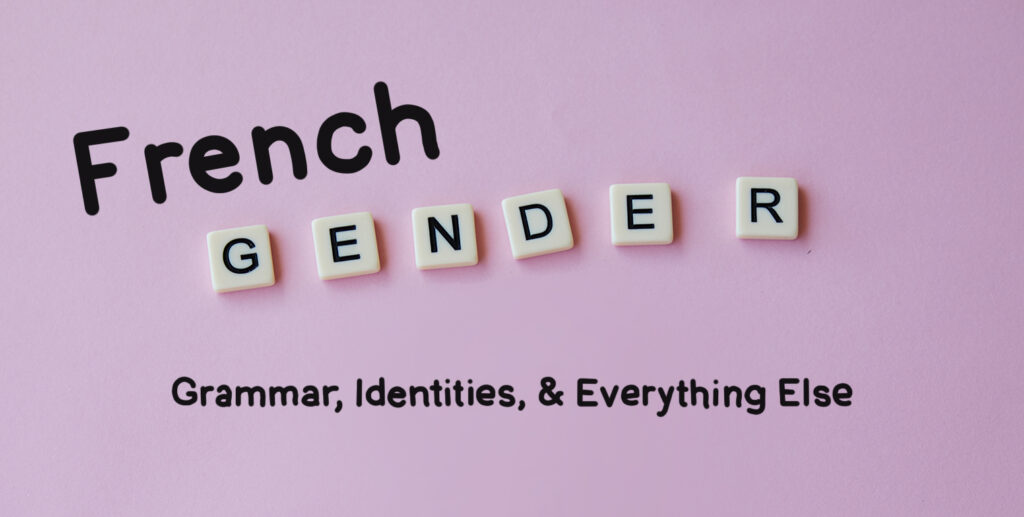
French gender is often taught with a “don’t think about it too hard” attitude.
As students, we’re often told to “just memorize” noun gender.
We’re also told things like a group of mixed people is masculine because “that’s just the way it is, but it’s not sexist”.
But if you’re a French student (especially if you’re a woman or queer person) nothing about French gender can feel easy to navigate.
Welcome to the Internet's first queer French grammar gender guide, built especially for students!
It’s written especially for curious teens and adults ready to question language rules, so explore and have fun with it.
But don’t expect to understand it all right away–just like gender itself is huge and complex, so are its grammatical representations in French.
French Gender Master Guide
PART 1: French Grammatical Gender 101
For beginner French students who want to understand the basics of French grammatical gender.
PART 2: Inclusive French Gender
For students of all levels who don’t want to center their grammar around men and the masculine.
PART 3: Outside the French Gender Binary
For intermediate or advanced students who want to understand how French gender is woven into language, colonialism, and society.
When I first started learning French in Quebec in 2018, I took everything I learned about French grammar and gender for granted.
But with time, I got farther in the language and made more and more francophone friends.
I found myself desperately wanting to be able to explain who I was to them… and not able to.
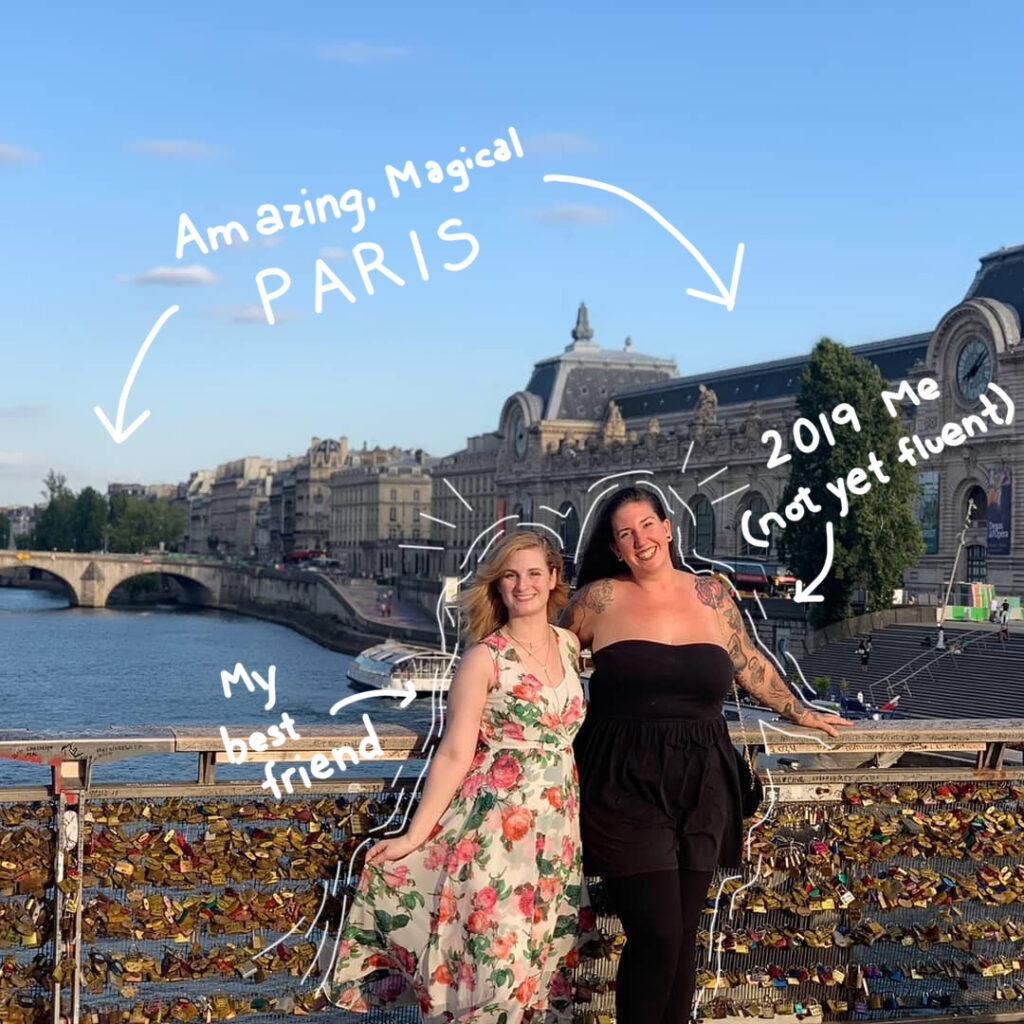
This article was born out of a Pinterest board I was making for myself as an advanced French student.
I spent over a year collecting resources to help me understand how to express queerness and non-binary genders in a language that seemingly couldn’t support those things in its very grammar.
But understanding a language, just like understanding ourselves, is not a destination
It’s a lifelong process.
And the resources in here would take even an advanced French student well over a year to fully work through.
So read through this article, bookmark this page, and let your adventure begin!
PART 1: French Grammatical Gender 101
This is the most straight-forward section of this article, so we’ll take the least amount of time with it.
You probably already know this, but French has two grammatical genders: the masculine and the feminine.
What is grammatical gender?
You can also lookup any number of YouTube videos as to how to use them, but here’s one I find particularly handy:
The gender of a French noun impacts 2 things:
- what the article (the, a) looks like;
- what the adjectives used to describe that noun will look like.
Now read this next part in the voice of your high school foreign language teacher:
“That doesn’t mean that people think houses are men and rivers are women!” they say. “Grammatical gender is separate from human gender.”
“It’s not sexist!” they continue. “Don’t overthink it!”
And, well, that’s sort of true:
We don’t think a lamp (une lampe) should shave its legs or think that a book (un livre) would prefer to play with toy cars over dolls.
But why do objects have gender?
Let’s look at two big takeaways in this video:
- French gender can be helpful in understanding sentence structure, and giving our ears patterns to follow
- A French noun’s gender might also be formed to society’s gender stereotypes.
Accordingly, there are two big implications of this:
- You must learn and use grammatical gender correctly in French. Une fête and un fait are pronounced identically, but to distinguish between a party and a rule you need the right gender markers.
- There are real-life implications of French grammatical gender on our identities and lives.
There.
I said it.
The one thing each and every beginner French teacher denies:
Gendered language can be sexist.
So now let’s look at how French grammatical gender can affect us, and what we as learners and second-language speakers can do to subvert it.
The next two sections contain resources primarily written and spoken in French.
If you’re still learning French and can’t fluently understand it yet, bookmark this page and come back to it once you move closer to the intermediate level.
Then, you can use it not only to learn about gender, but as super interesting reading and listening practice!
PART 2: Inclusive French Grammar
Now that you know the grammar rules, we’re going to go over some inclusive and feminist ways around male-centered linguistic constructions.
But before we do, we should talk about one other thing: the L2 speaker double standard.
If you’re a native speaker of a language, you can make a mistake when you speak with a bit more forgiveness. Most of the time, people will chalk it up to “a slip of the tongue”.
You also have a second freedom: you can wildly play with the grammar and structure of a language without (normally) being corrected.
But when you’re an L2 speaker (that is: a person who learned a language in school or as an adult), you’ll be given less benefit of the doubt.
So before we jump in, your ability to get away with avant guard language use in a conversation may hinge on your command of the rules as they exist now. (Even if we don’t like them.)
Resources for Learning about Inclusive Language
1. Le masculin ne l’emporte plus !
For a purely linguistic and historic approach to how we gender language, please check out this fantastic presentation by Suzanne Zaccour at Polyglot Conference 2020.
2. Parler comme jamais podcast
Parler comme jamais is one of my favorite French podcasts, which explores the French language through historic, sociologic, and political lenses.
Here are the best two episodes to use to explore gender with:
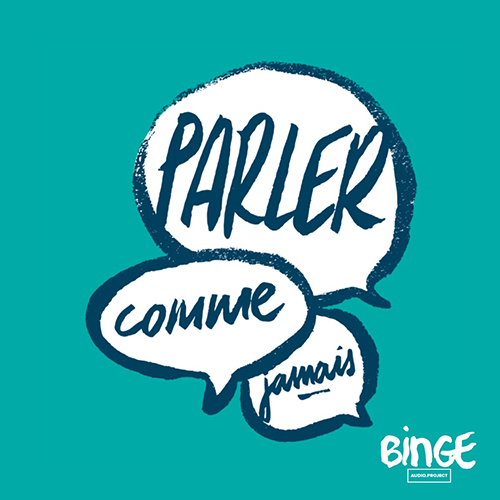
3. Learn the Right Terms
Just like in any language, there are a huge number of words and identities that people use to identify themselves.
This episode of My Polyglot Life is a good intermediate student introduction to the French lexicon of gender and sexuality, plus a quick introduction to lesbian politics in the country.
Just note: Cathy’s guest is one woman who shares her opinions and preferences. She’s not a gender researcher and doesn’t speak for all LGBT+ people. So take the word lists, get the listening practices, but keep exploring the other points of view on this list.
(If you’re looking for more intermediate student podcasts, check out my list of French podcasts.)
4. Feminist & Lesbian Reading
You probably already know about Deuxième sexe and Histoire de la sexualité. But if you want to look at French gender through a more contemporary lens, here are a few books worth checking out:
- La cause des femmes, Gisèle Halimi
- A feminist classic about power structures, abortion, labor, and oppression
- Beaute fatale, Mona Chollet
- The material implications of femininity on the body and the “beauty industrial complex”
- La différence des sexes, Françoise Héritier
- An anthropological perspective about gender inequality
- Le génie lesbien, Alice Coffin
- Gender as it pertains to the lesbian experience
These books are written at around a C1 level and not as related to French grammatical gender as the other resources on this section, but they’re worth exploring for a more nuanced understanding of French feminism.
(Want lower-level French books to help build up your reading skills? Check out our list here.)

Finally, McGill library has an amazing amount of resources (from bibliographies to dictionaries) focused on gender-neutral language.
(Thanks to @Patricia.Languages on Insta for letting me know!)
PART 3: Outside the Gender Binary
Now let’s crack open the third level of this puzzle: talking about gender outside of the he/she, il/elle binary.
This is complicated enough when we’re talking about gender in a single language in a single country. But between two languages and across nearly every continent that exists?
There’s a lot to say.
3a. Decolonized Gender
In Europe, Australia, and North America, our mainstream conceptions of gender are normally something along the lines of:
- Male: strong, confident, sporty, brave.
- Female: attractive, emotionally intelligent, creative, caring.
Those two genders have certainly changed over time, but the idea that all human beings get filtered into one of two groups has been “common sense” for a few thousand European years.
But what about in other parts of the world?
What happens if your culture doesn’t have males or females as two distinct categories? What if you don’t even have words for these things?
And what happens if, one day, a boat full of French speakers, germs, and guns washes up on your shore?
1. Kiffe ta race podcast
Another one of my favorite French podcasts, I highly recommend starting with episode 16 about what inclusive feminism looks like.
The podcast focuses on the different experiences of francophone women of color, and I highly recommend following it!
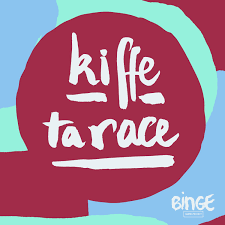
2. Réflexion sur la féminité native native au XXIe siècle, by Natasha Kanapé Fontaine for TEDX
What does it mean to be a 21st-century indigenous woman? Innu poet and actress Natasha Kanapé Fontaine dissects and explores her experiences under imperial Canadian gender structures.
3. Read more about race and gender constructs:
- King Kong théorie, Virginie Despentes.
- The myths of white and non-white womanhood
- Les monologues du voile, Kenza Bennis
- Islamic women’s opinions and experiences about wearing the hijab in Quebec
Again, these books don’t deal with specifically grammar constructs, but I highly recommend them for understanding how colonialism affects French-speaking people.
3b. Non-Binary Linguistic Markers
So now here we are: francophones and francophiles alike, trying to express ourselves within the linguistic bounds of French.
But what if you’re an English speaker who uses the very-handy “they” pronoun?
What if you’re having a conversation in French about your non-binary Chinese, Estonian, or Finnish friend, and not sure what pronoun to use for them in this very gendered language?
Here are some ideas.
1. L’ACCUEIL DE JEUNES TRANS ET NON BINAIRES by La Fédération des établissements d’enseignement privés
The FEEP represents nearly 200 private schools in Quebec and creates resources for its member institutions.
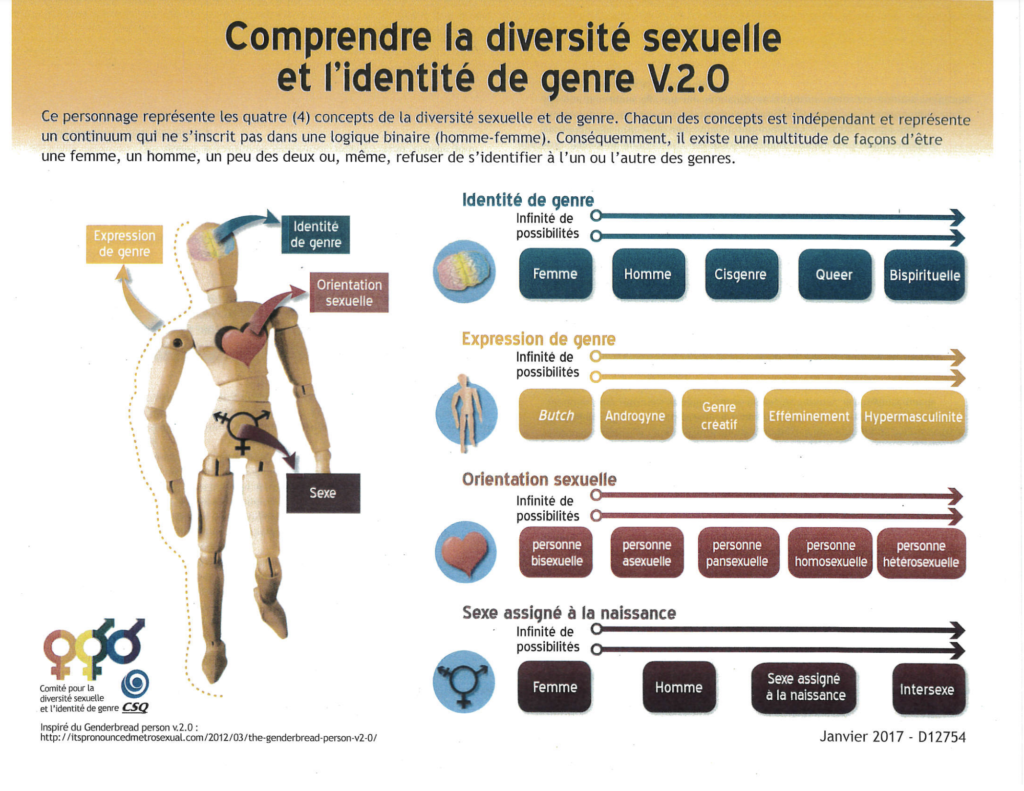
This small presentation aims to prepare adults new to gender theory to help trans and non-binary students in their school systems… but it’s also the perfect crash course into the vocabulary, grammar, and sociology of Francophone gender-non-conforming goodness.
2. Camille Podcast
French journalist and host Camille Regache helps listeners demystify gender and sexual identities. For episodes that deal with specifically gender identity within communication, I suggest:
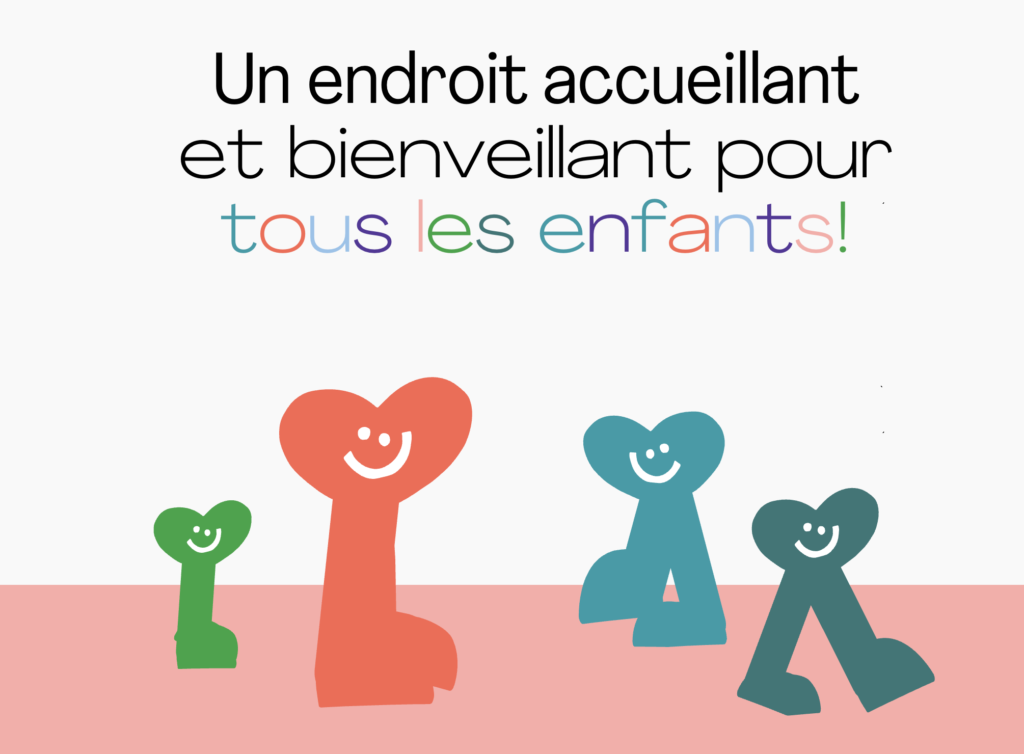
Want news, events, and help aimed at kids and their adults? Jeunes Identites Creatives has a ton of great stuff to dig into–no matter what your age.
4. Clothing Beyond the Binary
Christine Bard is one of France’s great fashion historians–and one you should know, considering how seriously her work examines gender, feminism, and the conservative repression of women and queer people. (For a quick intro to her work, see the Camille episode Fringué comme une tappette listed above.)
Here are her 3 books I suggest starting with:
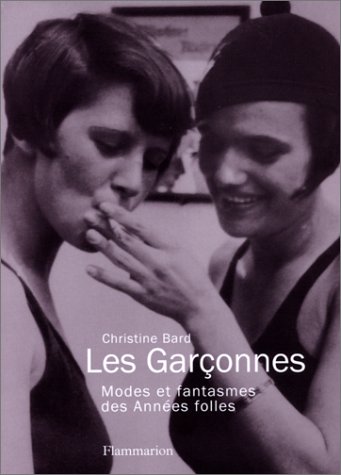
- Les garçonnes: Modes et fantasmes des années folles
- The French history of cross dressing
- Ce que soulève la jupe – Identités, transgressions, résistances
- The history, context, and anthropology of skirts and dresses
- Une histoire politique du pantalon
- The political history of pants
4. The Gay Dictionary
The Gay Dictionary by Moscas de Colores is an English dictionary for the many ways LGBTQAI+ label themselves throughout the world and its languages.
It’s available in an impressive number of languages and translated really, really well.
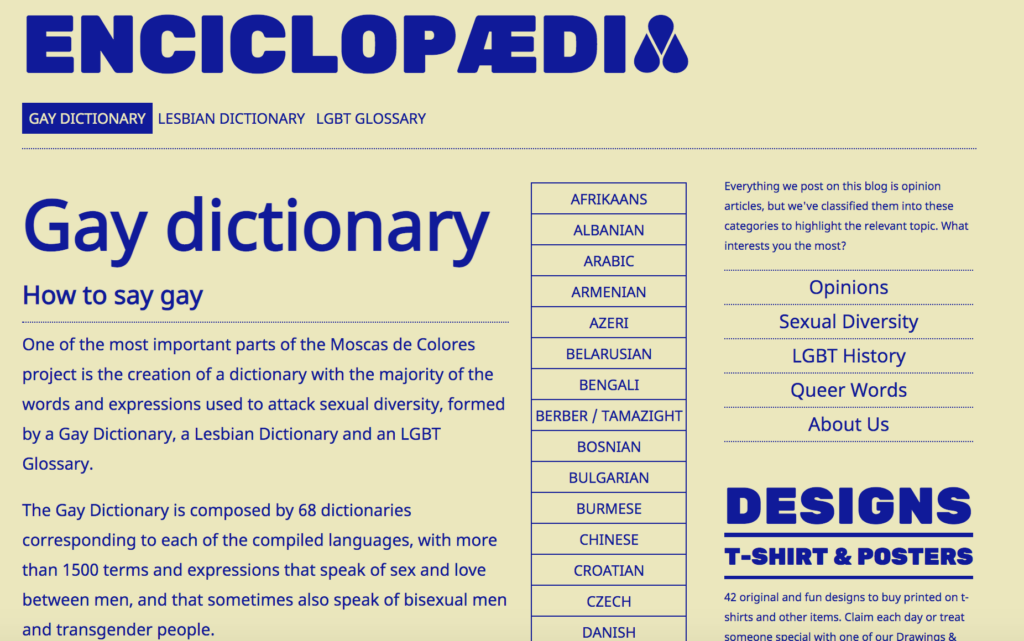
BONUS: Learning French?
Now, if you’re learning French and you want to improve your skills, here are plenty of other resource lists you can use!
- French music you need to check out
- French podcasts for all levels
- French YouTubers (beginner)
- French YouTubers (advanced)
- Learning French with Yoga
- French Stories & Novels (all levels)
I adore learning and living in French!
If you have any feedback for this article (or want to see any other resource guides like it) let me know in the comments!
